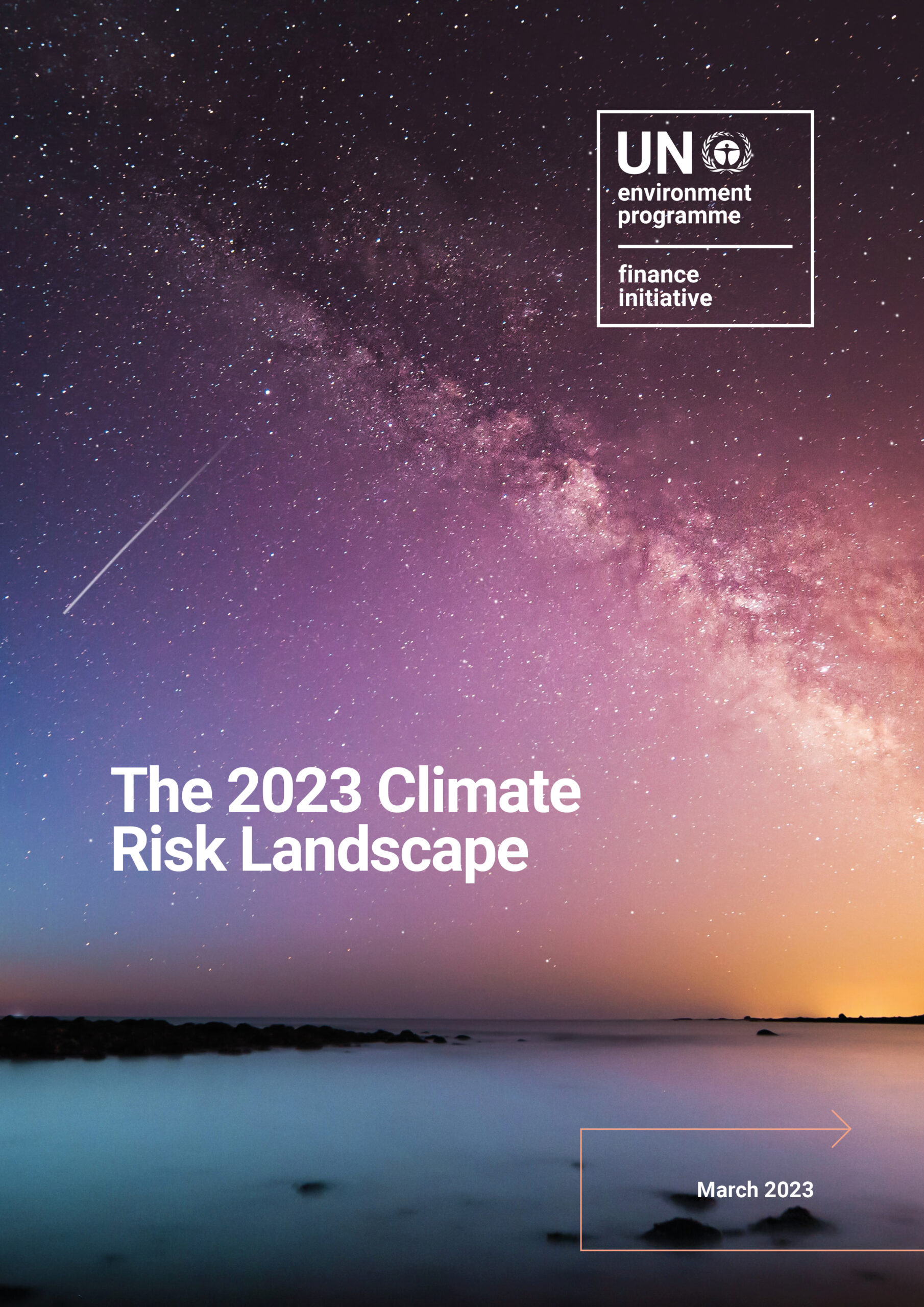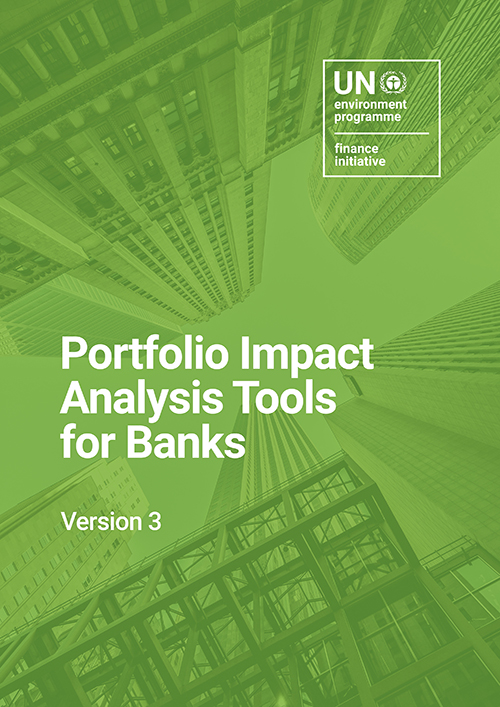UN Report recommends Creation of Insurance Development Goals, Sustainable Insurance Policy Forum, and Insurance Network on Sustainable Development
New York/Geneva/Nairobi, 17 June 2015 – Insurers from across the globe, representing 20 per cent of world premium volume and $14 trillion in assets under management, today partnered with the UN to strengthen the industry’s contribution to a greener future, including through voluntary commitments to sustainable development.
The UNEP FI Principles for Sustainable Insurance (PSI) Initiative, the largest collaboration between the UN and the insurance industry, unveiled a platform for insurers to make voluntary commitments to UN frameworks at the Global Insurance Forum of the International Insurance Society. The final day of the forum was held at the UN headquarters in New York and was highlighted by the opening address delivered by UN Secretary-‐General Ban Ki-‐moon.
The PSI Initiative also launched the Global Risk Map to highlight the economic and social cost of natural disasters, and launched a new report laying out ways to harness insurance for sustainable development.
“2015 is a milestone year for our common future. Last March, governments adopted the Sendai Framework for Disaster Risk Reduction, which will be followed by Sustainable Development Goals through to 2030, and a new universal agreement on climate change,” said Achim Steiner, UN Under-‐Secretary-‐General and Executive Director of the UN Environment Programme (UNEP) said.
“Sustainable development requires recognizing the interdependencies of economic, social and environmental change,” he added. “Therefore, disaster resilience, poverty eradication, social equity and environmental sustainability must all be part of a unified agenda. With these major initiatives, insurers are showing long-‐term vision and an agenda of solutions.”
The platform will allow insurers to commit to concrete actions on risk management, insurance products, investment, partnerships, and disclosure frameworks that support disaster risk reduction, climate change adaptation and mitigation, financial inclusion, green investment, and accountability and transparency.
These commitments build on the “United for disaster resilience” statement launched by the PSI Initiative last March, a global commitment by insurers to help implement the Sendai Framework for Disaster Risk Reduction, which was produced at the 3 rd UN World Conference on Disaster Risk Reduction.
Some companies are already getting ahead of the game, with AXA already having taken steps to make its portfolio more sustainable.
AXA committed to divest “from companies most exposed to coal-‐related activities”, totalling EUR 500 million. They also committed to triple their green investment to over EUR 3 billion by 2020, coming principally from investments in clean technology private equity, green infrastructure, impact investment and green bonds.
1 On insurance, AXA is joining the African Risk Capacity, a regional insurance pooling mechanism whose mission is to help African Union Member States better anticipate extreme weather events and protect the food security of vulnerable populations. Nine countries are expected be covered in 2015, and the aim is to increase this number to over 20 in the next four years.
The PSI Initiative also launched the Global Risk Map, a publicly accessible online tool that highlights the social and economic devastation caused by cyclones, floods and earthquakes over the past 115 years, and helps identify areas of greatest vulnerability. The map achieves this by assessing relevant data on natural disaster events, social and economic exposure and resilience, risk modeling, and insurance penetration and density.
“Building resilient communities requires better co-‐ordination and data to understand natural disasters and their impacts,” said Mike Wilkins, Managing Director & CEO of Insurance Australia Group (IAG). “The PSI Global Resilience Project is an important step in addressing these challenges. It opens the door for insurers to champion disaster risk reduction activities, and is an initiative IAG is very proud to lead.”
The Global Risk Map is the second output of the PSI Global Resilience Project, a collaborative project led by IAG, co-‐chair of the PSI Board. The project aims to deepen the understanding of disaster risk reduction activities and investments globally, identify the social and economic cost of disasters, and help governments, businesses, non-‐governmental organizations and communities focus more closely on disaster risk reduction, particularly in countries highly vulnerable to disasters.
The final announcement was the launch of the global report, “Insurance 2030: Harnessing insurance for sustainable development”, produced jointly by the PSI Initiative and the UNEP Inquiry into the Design of a Sustainable Financial System. The UNEP Inquiry is a two-‐year international initiative examining how central banks, financial and insurance regulators and other policymakers can contribute to aligning financial markets to the needs of an inclusive green economy.
The report presents a suite of options that could strengthen the alignment between the insurance industry and sustainable development through to 2030. It outlines key sustainable development challenges and opportunities, as well as emerging innovations, gaps and priorities across corporate, multi-‐stakeholder and policy levels. Key recommendations include:
- Convening an Insurance Network on Sustainable Development to improve dialogue, stimulate innovation and partnerships, and improve coherence between existing initiatives
- Establishing a Sustainable Insurance Policy Forum to scale up policy progress through enhanced cooperation and collaboration between governments
- Agreeing on a set of Insurance Development Goals to focus long-‐term efforts beyond 2015
“The goal of economic, social and environmental sustainability is an agenda for all,” said Emmanuel Dooc, Insurance Commissioner of the Philippines. “In the Philippines, we have shown that we can make insurance more affordable and accessible to low-‐income people, supported by our microinsurance regulatory framework.”
“But access to insurance is definitely not enough,” he added. “Climate change and natural disasters are major threats to sustainable development. Therefore, insurers, regulators, governments, business and civil society must work together to reduce these risks and scale up solutions. Ultimately, sustainable development is our collective mandate, and we are all part of the solution.”
For more information, please contact:
In New York:
Butch Bacani, Programme Leader, UNEP FI Principles for Sustainable Insurance Initiative T: +41 78 835 5274 / butch.bacani@unep.org
In Nairobi:
Shereen Zorba, Head of News and Media, UNEP T: +254 788 526 000 / shereen.zorba@unep.org
In Geneva:
Mahenau Agha, Director of Outreach, UNEP Inquiry into the Design of a Sustainable Financial System T: +41 79 105 3614 / mahenau.agha@unep.org
Robert Bartram, Communications Lead, UNEP FI T: +41 22 917 8934 / robert.bartram@unep.org
Notes to editors
For the PSI platform for insurance industry commitments to sustainable development, see: www.unepfi.org/psi/commitments
For the PSI Global Risk Map, see: http://globalriskmap.nicta.com.au/
For the PSI-‐UNEP Inquiry report, “Insurance 2030: Harnessing insurance for sustainable development”, see: www.unepfi.org/psi/insurance-‐2030-‐report or www.unep.org/inquiry/insurance-‐2030-‐report
About the UNEP FI Principles for Sustainable Insurance Initiative
Endorsed by the UN Secretary-‐General and launched at the 2012 UN Conference on Sustainable Development, the UNEP FI Principles for Sustainable Insurance (PSI) serve as a global framework for the insurance industry to address environmental, social and governance risks and opportunities. Developed by the UN Environment Programme Finance Initiative (UNEP FI), the Principles have led to the largest collaborative initiative between the United Nations and the insurance industry—the PSI Initiative. As of June 2015, more than 80 organisations have adopted the Principles, including insurers representing approximately 20% of world premium volume and USD 14 trillion in assets under management. The Principles are part of the insurance industry criteria of the Dow Jones Sustainability Indices, FTSE4Good, and BM&FBOVESPA Corporate Sustainability Index in Brazil.
The vision of the PSI Initiative is of a risk aware world, where the insurance industry is trusted and plays its full role in enabling a healthy, safe, resilient and sustainable society. The purpose of the PSI Initiative is to better understand, prevent and reduce environmental, social and governance risks, and better manage opportunities to provide quality and reliable risk protection.
Learn more about the PSI Initiative at: www.unepfi.org/psi and UNEP FI at: www.unepfi.org
About the UNEP Inquiry into the Design of a Sustainable Financial System
The Inquiry into the Design of a Sustainable Financial System has been initiated by the United Nations Environment Programme (UNEP) to advance policy options to deliver a step change in the financial system’s effectiveness in mobilizing capital towards a green and inclusive economy – in other words, sustainable development. Established in January 2014, it will publish its final report in October 2015.
Learn more about the UNEP Inquiry at: www.unep.org/inquiry
3


